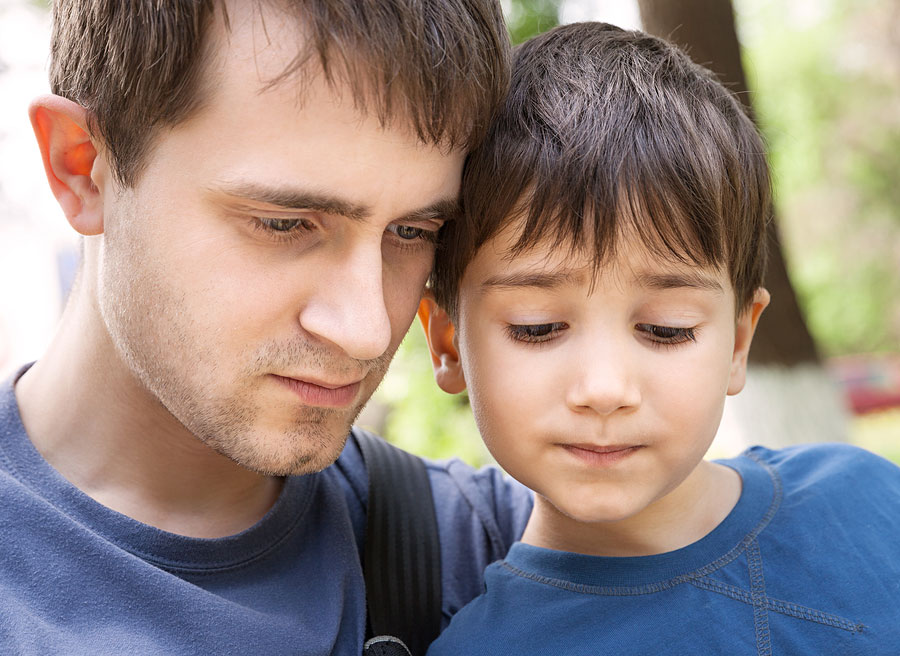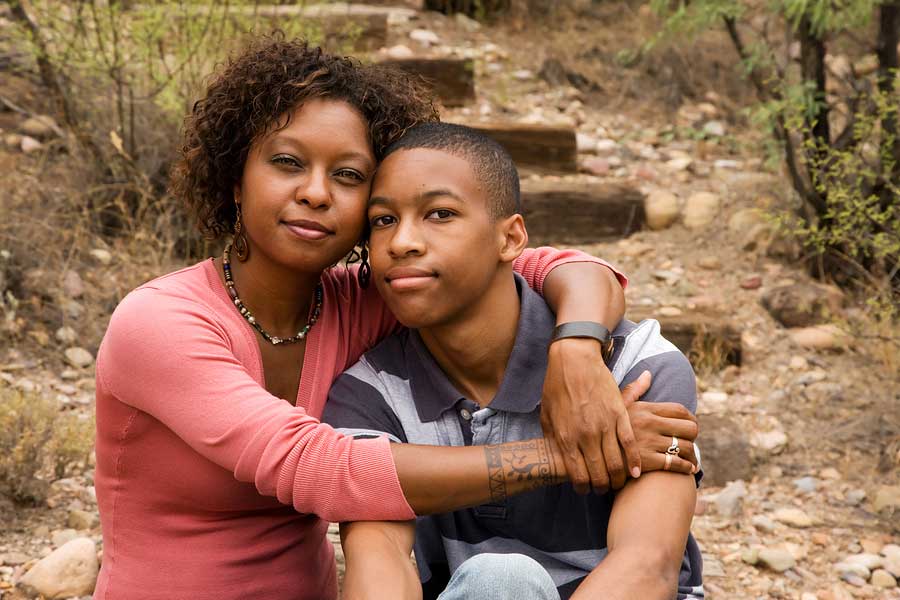What is the Difference Between Legal and Physical Custody?
An earlier version of this article was first published on September 9, 2015.
It was completely rewritten and republished on January 25, 2016.
One of the most frequent questions we receive in child custody cases is related to obtaining full custody. Most people have heard the term and assume it’s what is best, even though they aren’t fully aware of the details and family law applications. We figured it would be a good time to explore this area in order to provide more knowledge for those who are curious. In this article, we’ll discuss physical and legal aspects of child custody.
In California family law, custody is broken down into two subdivisions: legal and physical. They both have the ability to operate independently of each other, and it’s common for legal and physical custody to be applied differently in a child custody case. Here’s an example: Parents share joint legal custody, but mom holds sole physical custody. There can be various reasons for the sole physical aspect, but a common one we see is when one parent moves out of state (or a far distance) after the divorce and the child remains with the parent that remains stationary. Why wouldn’t the child move with the dad in this case? The child may have a solidified social and extracurricular network, including schooling that has been built up over years. Removing them from that may not necessarily be in their best interest.
Legal Custody
Legal custody of children involves the responsibility of making the important decisions in their lives. This can encompass many different aspects, including athletic, social, academic, and medical.
While married, all of these decisions were likely made jointly with your spouse. California courts and judges will typically recommend that this joint decision-making stay in place after the divorce is finalized. This typically holds true in most other states as well, and is termed, “joint legal custody”.
The areas of a child’s that these decisions fall under may seem straightforward, but we’ve witnessed many drawn out disputes between parents for these matters. One of the more extreme causes of conflict involved a disagreement deciding on a sports league. The father, having participating in a particular sports league himself while a child, wanted their son to join that same league. The son and mother preferred another league that was closer to home which had many of the child’s friends already enrolled.
The California court system frowns upon these sort of conflicts. In extended disputes, a frequent solution we’ve experienced is for a judge to simply award legal custody to one parent. This is decided after the the choice which preserves the child’s best interests is determined. In the sports case we mentioned, the judge decided on the mother holding sole legal custody (there were other issues at hand in that case, but the sports issue was the original point of conflict).
We mentioned distance being another factor in legal custody decisions. Other common factors that we’ve seen include cases of child abuse or mistreatment, and extended absences or lack of involvement by one parent in the child’s life.
Physical Custody
Physical custody refers to the shared time that the children have with each parent on a regular basis. Physical custody can be joint or sole, just like with legal custody. Also, as with legal custody, California courts will usually push for joint physical custody as it is usually in the best interest of the child to have shared time with each parent. A common joint custody agreement that we see is simply one week with one parent, and the following week with the other parent.
In a sole physical custody situation, one parent holds the primary timeshare with the child while the other parent has visitation rights. A common visitation schedule involves 2 alternating weekends a month, and 1 weekday (each week).
You may have questions after reading this article about your future child custody case. There’s also a chance you’ve got an existing case, and you’re experiencing some conflict between you and your spouse. Regardless of the scenario, feel free to contact us for a free consultation and we’ll help get you pointed in the right direction.





